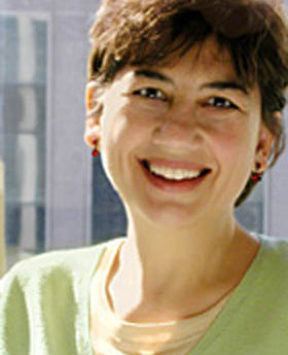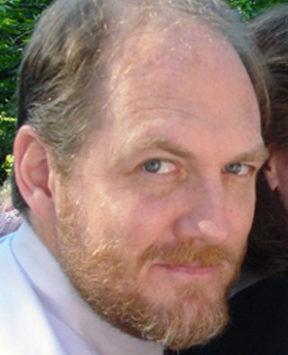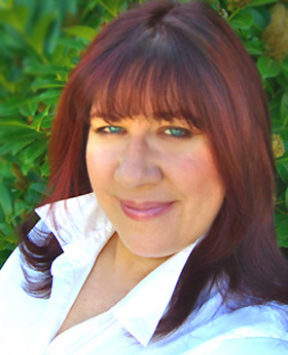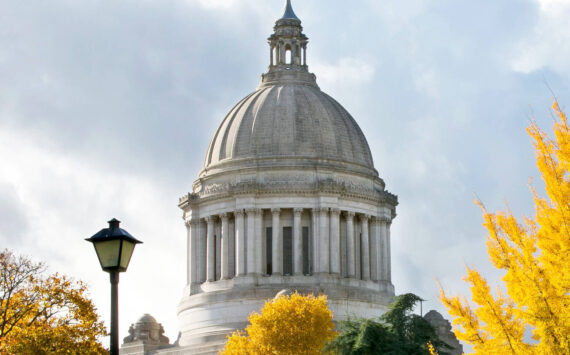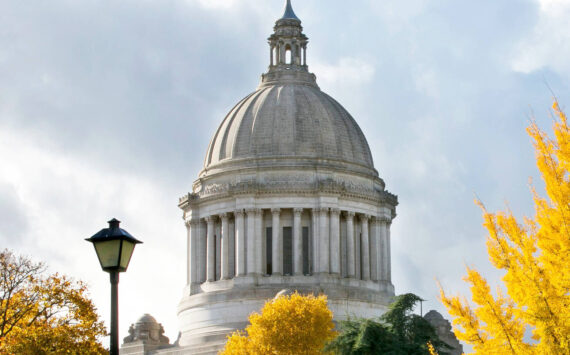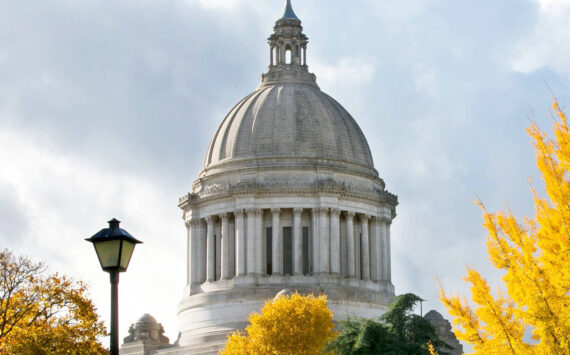One of the biggest fears computer owners and network administrators have is hard drive failure and data loss. Welcome to the world John Christopher lives in – a world of white chemical suits in a sterile, biohazard-looking clean room, doctoring your failed hard drive at a 90 success rate. Christopher is a Data Recovery Engineer at DriveSavers.com, a data rescue business.
They use a former suicide prevention counselor working as a data crisis counselor to help customers who are dealing with losing data. They have even helped Bruce Willis, Sean Connery, Keith Richards, Jimmy Buffet, Lucas Films, Sting and Paul Reiser with their data mental health.
Christopher shared some dramatic stories of data recovery and tips on how we can handle this dramatic event if it happens.
Q: Computer hard drive failure and data loss ranks right up there as one of our biggest fears. What would you suggest we do to help us minimize that fear?
John: Well, it goes without saying, obviously, that backing up your data is the most important thing you could possibly do. Hard drives are mechanical devices. They have moving parts inside them that are going to wear out. Sometimes they breakdown over a period of time and sometimes they fail right out of the box. My number one tip to everyone is to right now backup all your information and do it religiously. Backup every single day, especially if you use your computer for business purposes.
My second tip to pass along is to check those backups. Occasionally, go back and make sure you have the critical files you need backed up to whatever medium youre using.
The third thing Id say is to store your backup disk off-site. Take it away from your office or entrust it to someone to keep it in a very safe place. Thats important if anything should happen to your facility.
Q: What do you suggest as a backup medium?
John: Certainly there are a lot of options. If youve seen some of these key chain drives that they make using flash memory, you could use that. Flash memory is like what you use to store your pictures on when youre using a digital camera. There are these flash drives you can connect to your computers USB port. I believe they have them all the way up to 2 GB now.
Q: If we get in trouble and lose our data, what can DriveSavers do?
John: We specialize in rescuing data. You would send us your crashed or broken disk drive or CD or DVD or flash memory from your camera, and we would go in and rescue your information and return it back to you on a DVD or CD or via the Internet.
Q: How damaged must a hard disk be before its unrecoverable? Can fire or water or temperature cause a hard drive to be too damaged to recover?
John: No, not necessarily. A small percentage of hard drives that come to us have been in some kind of disaster, whether fire or flood. We have a clean room, like an operating room for hard drives. The technicians that work in the room are highly specialized and wear special suits. They get them to read just long enough for us to get the information back for the customer.
Q: You have some amazing success stories.
John: Weve rescued data from an Apple PowerBook laptop that sank to the bottom of the Amazon River. It was on a cruise ship on the Amazon River in 1993 and the boat hit an underwater barge and began taking on water and it sunk. There was a writer who had been writing her memoirs and storing them on her PowerBook. She rented some scuba gear and was able to dive down into the Amazon River and retrieve her PowerBook from her state room. She shipped to us in a Styrofoam container that still contained some Amazon River water. We disassembled her drive and were able to rescue the data.
Every day here is an amazing story. A couple of weeks ago a guy who worked for Oppenheimer in investments in New York was crossing Park Avenue and the light was changing. He was running and had his laptop bag over his shoulder. He tripped and dropped his laptop, then got up, turned around and looked down the street to see if any vehicles were coming. An 18-wheeler was barreling down and ran right over his laptop computer and completely crushed it. Amazingly, we were able to get the data back as well.
We have a museum here known as the Museum of Disk-asters. We have an online version of this at www.drivesavers.com.
Q: Isnt there one involving a gun?
John: Yes, a guy got angry and shot his computer. Fortunately, he missed the disk drive so it wasnt that hard to get back. He probably felt a lot better after that.
Q: You have helped some very well-known stars, too.
John: A few years ago, I had done a data recovery on a drive and was calling the customer to confirm that I had gotten back all the information he needed from the drive. He asked me to go through and check these folders and I noticed a lot of Simpsons stuff on his drive like icons and games. He asked me to check the folder called Scripts. We launched one of the documents and I said, Wow, these are great. Where did you get them? and he said that he wrote them. It turned out that he was one of the writers and producers for the show The Simpsons. He then told me that, amazingly, this was the only copy of twelve scripts that they had not yet produced, including their season finale of that year which was Who Shot Mr. Burns? so thank goodness we could get all his data back. They were most grateful and they even sent us an autographed picture signed by Homer.
Q: I was surprised to see Keith Richards picture on your Website.
John: Everyone wants to know what he spilled in his computer. He didnt spill a martini or a latte or the kind of thing youd expect him to do! In his case, his drive simply stopped working. Keith had a lot of correspondences about the Bridges to Babylon tour which was going on at that time. He needed his e-mails and letters and he didnt have any kind of backup at all since he was carrying his laptop around with him on tour. We were able to go back and get his data for him as well and he was most grateful.
For more conversation with John Christopher, his full interview will broadcast Saturday on KLAY 1180 AM at 11 a.m. and is online at WebTalkGuys.com.
This weeks Internet News Tips
Proof the Internet is hot again
A new event is going to hit the web radar screen this fall. The Web 2.0 conference is going to be a blockbuster. Its set for Oct 5 – Oct. 7 in San Francisco and has a great line up of speakers, including Jeff Bezos, Mark Andreesen and Mark Cuban. It is by invitation only and you can request an invite by visiting the Website at www.web2con.com.
John Battelle is the program chair of this years Web 2.0 Conference. Hes the co-founder of Wired Magazine, and founder and former chair of Standard Media International, which published The Industry Standard and TheStandard.com.
8th Annual WebAwards coming
No, its not the Webby Awards. The 8th Annual 2004 WebAwards.org entry deadline is June 30, 2004.
The awards began in 1997 by the Web Marketing Association (WMA) to help set a high standard for Internet marketing and corporate web development on the World Wide Web. Staffed by volunteers, this organization is made up of Internet marketing, advertising, PR and design professionals from around the country who share an interest for improving the quality of advertising, marketing and promotion used to attract visitors to corporate Websites.
Judging will take place in July and August. Winners will be notified by e-mail one week prior to the general announcement of winners tentatively set for September 2004.
